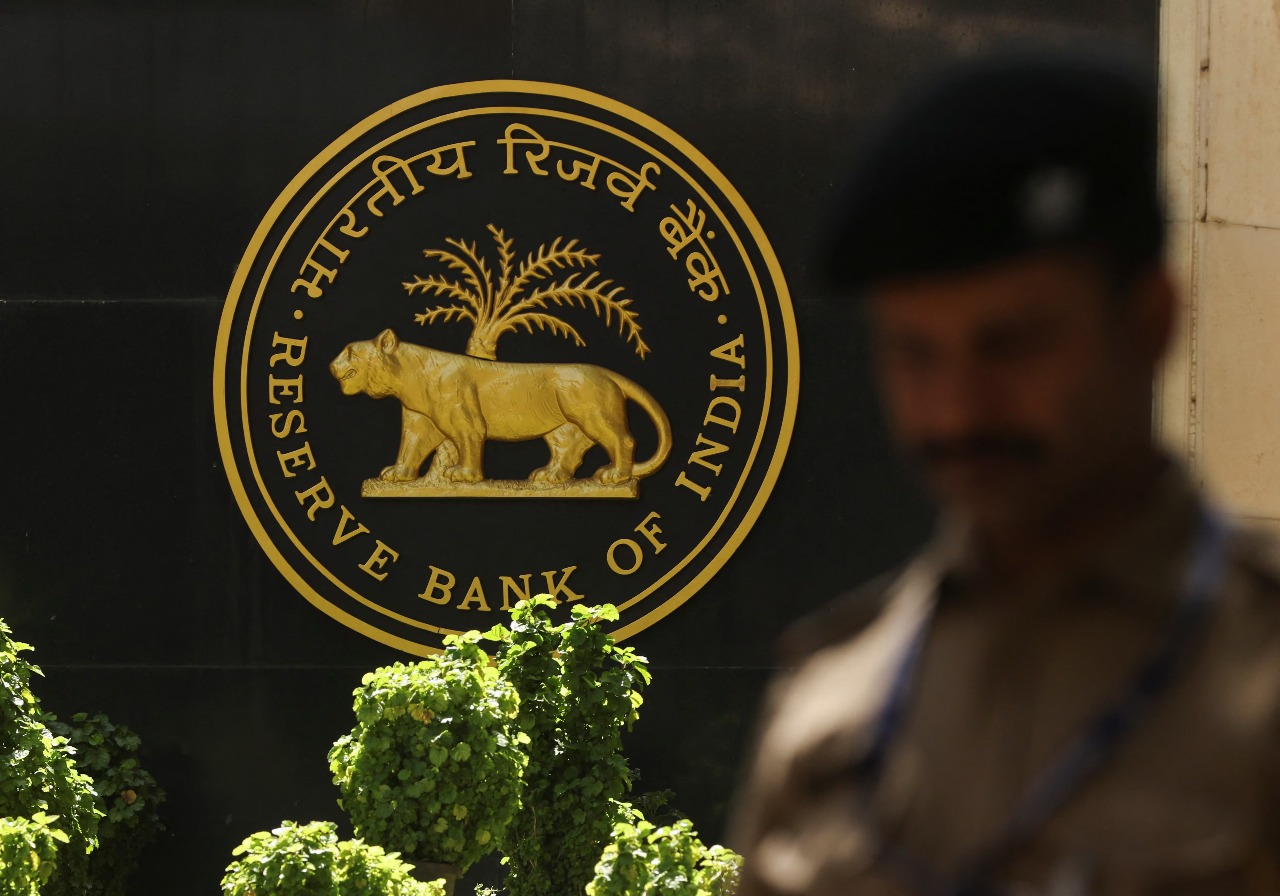 Image Source: Reuters
Image Source: Reuters
The Reserve Bank of India (RBI) is unlikely to reintroduce fixed-rate liquidity operations, despite growing calls from market participants and commercial banks. According to multiple sources familiar with the matter, the central bank is leaning toward a more dynamic, variable-rate framework to manage short-term liquidity, with a possible transition to seven-day operations as its primary tool. The decision comes ahead of the RBI’s monetary policy announcement scheduled for August 6, where a revised liquidity management framework may be unveiled.
Key takeaways from the evolving policy stance
- RBI is expected to maintain its preference for variable-rate repo and reverse repo operations, resisting calls to revive fixed-rate lending windows
- Banks had proposed a fixed-rate facility based on a percentage of their deposit base to improve predictability and reduce volatility
- The central bank has skipped its 14-day variable rate repo auctions for six consecutive fortnights, indicating a shift in operational strategy
- A new seven-day variable rate repo may become the main liquidity tool, replacing the longer-tenure 14-day operations introduced in 2020
This shift reflects RBI’s intent to anchor liquidity around more flexible instruments while avoiding direct hand-holding of banks.
Market pressures and banking sector feedback
- Overnight interbank call money rates recently spiked above the marginal standing facility rate due to tax outflows and reverse repo placements
- Banks argued that a fixed-rate repo window would help manage such mismatches more efficiently, especially during volatile periods
- Lenders also requested relaxation of daily cash reserve ratio maintenance norms to ease short-term funding stress
- Treasury officials noted that assured access to liquidity at the repo rate could reduce end-of-day rate volatility and reliance on costlier facilities
Despite these concerns, RBI appears committed to maintaining a market-driven approach to liquidity absorption and injection.
Anticipated changes in the liquidity framework
- The revised framework may include operationalizing the seven-day variable rate repo as the central liquidity instrument
- RBI is also exploring shorter tenors such as one-day and three-day windows, which have received positive feedback from banks
- A fixed-rate repo facility worth up to 1 percent of banks’ net demand and time liabilities is under consideration but not confirmed
- Introduction of a new benchmark rate, the Secured Overnight Reference Rate (SORR), based on the TREPS market, is expected to replace MIBOR
These changes aim to enhance transparency, reduce volatility, and align India’s liquidity tools with global best practices.
Strategic rationale behind RBI’s stance
- RBI sources emphasized the need to avoid excessive intervention and maintain discipline in liquidity management
- Variable-rate operations allow banks to bid based on actual funding needs, promoting efficient price discovery
- Fixed-rate operations, while predictable, may distort market signals and reduce responsiveness to systemic shifts
- The central bank’s approach is shaped by lessons from past episodes of excess liquidity and inflationary pressures
The RBI’s cautious stance reflects its broader monetary policy objectives, including inflation targeting and financial stability.
Looking ahead
- The new liquidity framework is expected to be announced alongside the August 6 monetary policy decision
- Market participants are watching closely for clarity on operational tools, benchmark rates, and access mechanisms
- The outcome will influence short-term funding costs, interbank market behavior, and monetary transmission
- Banks may need to recalibrate their treasury strategies and liquidity forecasting models based on the revised framework
Conclusion
The RBI’s reluctance to reintroduce fixed-rate liquidity operations signals a strategic pivot toward more flexible, market-responsive tools. While banks have voiced concerns over volatility and funding mismatches, the central bank remains focused on maintaining discipline and transparency in its liquidity management. As the new framework takes shape, stakeholders across the financial ecosystem will need to adapt to a more dynamic and data-driven approach to short-term liquidity.
Sources: The Hindu BusinessLine, Economic Times, MSN India, NDTV Profit, Reuters India, RBI internal discussions and treasury feedback sessions
Advertisement
Advertisement






